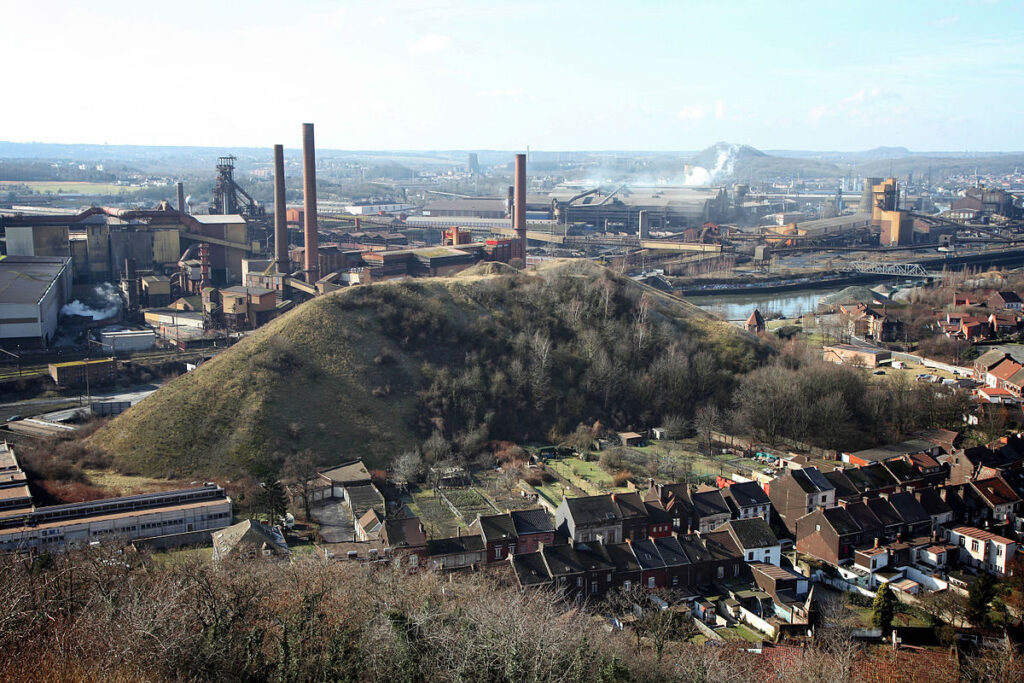What do we mean by “development”? Development cooperation, sustainable development, personal development, etc. ; development has today become “particle-based”. Very often, it seems to be the (only) way to follow for a positive and serene future. But is this really the case? Let's see together what is hidden behind this polysemous word.

Attachments
Notes[+]
| ↑1 | He is the author of the book “Development, History of a Western Belief”. |
|---|---|
| ↑2 | To go further, see the Justice and Peace study, “What if the economy told us about happiness? Indicators of citizen prosperity”. |
| ↑3 | This indicator is inspired by the work of Amartya Sen on human development. In 2016, one in three people still lives in poor conditions of human development. |
| ↑4 | In 2008, 116 million Europeans were “exposed to the risk of poverty” according to Oxfam. In 2015, there were 123 million. |
| ↑5 | This part is inspired by the article by Denis Clerc, “The three models of economic development” in Alternatives Economiques. |
| ↑6 | See also the article by Ecuadorian President Rafael Correa in Le Monde Diplomatique in 2013, “Indebted Europe reproduces our errors”. |
| ↑7 | It is in this report published by the United Nations World Commission on Environment and Development that the term “sustainable development” is used and defined for the first time. |
| ↑8 | This report highlights for the first time the ecological dangers of economic and demographic growth based on calculations from a computer model. |
| ↑9 | See the upcoming Justice and Peace study on the depletion of natural resources. |







